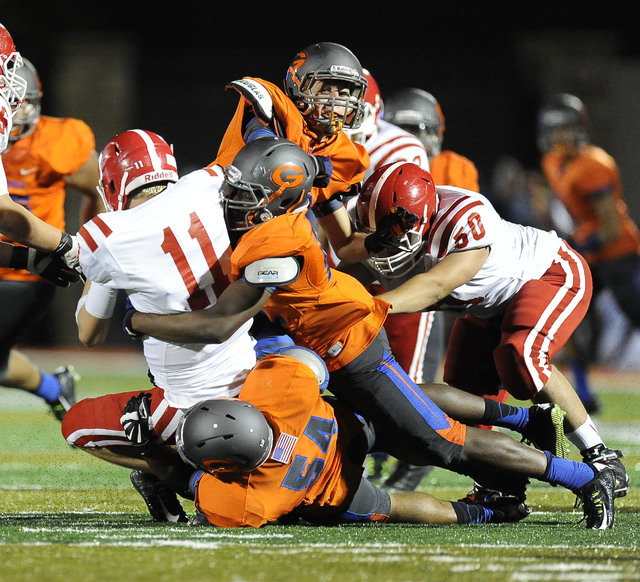New studies show brain impact of youth football
School-age football players with a history of concussion and high impact exposure undergo brain changes after one season of play, according to two new studies.
The studies, released last week, were conducted at UT Southwestern Medical Center in Dallas and Wake Forest University in Winston-Salem and presented at the annual meeting of the Radiological Society of North America (RSNA).
In the first study, researchers studied youth football players without history of concussion to identify the effect of repeated subconcussive impacts.
“Over a season of football, players are exposed to numerous head impacts. The vast majority of these do not result in concussion,” said Gowtham Krishnan Murugesan, a Ph.D. student in biomedical engineering and member of the Advanced NeuroScience Imaging Research lab.
“This work adds to a growing body of literature indicating that subconcussive head impacts can have an effect on the brain,” Murugesan said. “This is a highly understudied area at the youth and high school level.”
For the study, 26 youth football players (ages 9-13) were outfitted with the Head Impact Telemetry System (HITS) for an entire football season. HITS helmets are lined with accelerometers or sensors that measure the magnitude, location and direction of impacts to the head. Impact data from the helmets were used to calculate a risk of concussion exposure for each player.
Players were equally divided into high-and-low-concussion exposure groups. Players with a history of concussion were excluded. A third group of 13 non-contact sport controls was established.
“The brains of these youth and adolescent athletes are undergoing rapid maturation in this age range. This study demonstrates that playing a season of contact sports at the youth level can produce neuroimaging brain changes…” Murugesan said.
In the second study, 20 high school football players (median age 16.9) wore helmets outfitted with HITS for a season. Of the 20 players, five had experienced at least one concussion, and 15 had no history of concussion.
Results demonstrate that concussions from previous years can influence the changes occurring in the brain during the current season, suggesting that there are longitudinal effects of concussion that affect brain function.
“The brain’s default mode network changes differently as a result of previous concussion,” said Elizabeth M. Davenport, Ph.D., a postdoctoral researcher in the Advanced NeuroScience Imaging Research (ANSIR) lab at UT Southwestern’s O’Donnell Brain Institute.
“Previous concussion seems to prime the brain for additional changes. Concussion history may be affecting the brain’s ability to compensate for subconcussive impacts.”
Both researchers said larger datasets, longitudinal studies that follow young football players and research that combines certain scans are needed to better understand the complex factors involved in concussions.

















